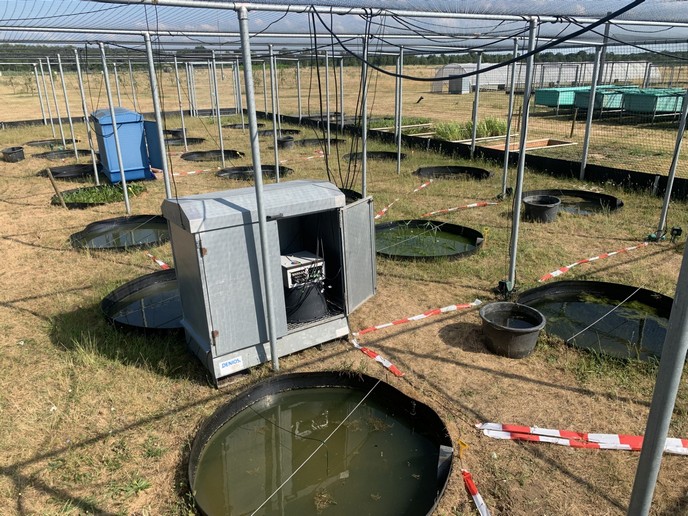Fish response helps measure global change
Conventional methods for determining how fish populations will respond to global warming have been based on modelling of the physical habitat. However, predictions using this technique are somewhat limited as it does not reveal whether the relationships on which they are based can be maintained under new conditions. Furthermore, traditional models do not usually consider the ecological processes underpinning individual distribution and growth. To overcome such limitations, PRIME scientists employed a ground-breaking technique that allowed predictions to be made that would still apply despite changing circumstances. Individual based models (IBMs) were used to predict the response of different species of freshwater fish to altered conditions. The models employed simple rules that determined how individual fish responded to changes in abundance of prey and competitors. The key feature was the assumption that individuals within animal populations always attempt to maximise their opportunities for survival and reproduction regardless of environmental change. Researchers developed and validated IBMs for several European freshwater fish species to test the soundness of their models. They included northern pike (Esox lucius), dace (Leuciscus leuciscus), brown trout (Salmo trutta) and Atlantic salmon (Salmo salar). The different species were selected to represent different aspects of global change. The computer models enabled researchers to predict the response of individual fish to a range of environmental change scenarios. Pike were studied in order to gain a better understanding of stocking strategies whereas dace helped reveal the effect on individuals parasitised by a non-native pathogen. Brown trout and Atlantic salmon were studied in order to increase scientific knowledge of the impact of climate change and invasion by alien species of fish. responses of individual fish to a changing environment will help scientists to successfully manage and conserve the natural environment and the diversity of species that it contains.







